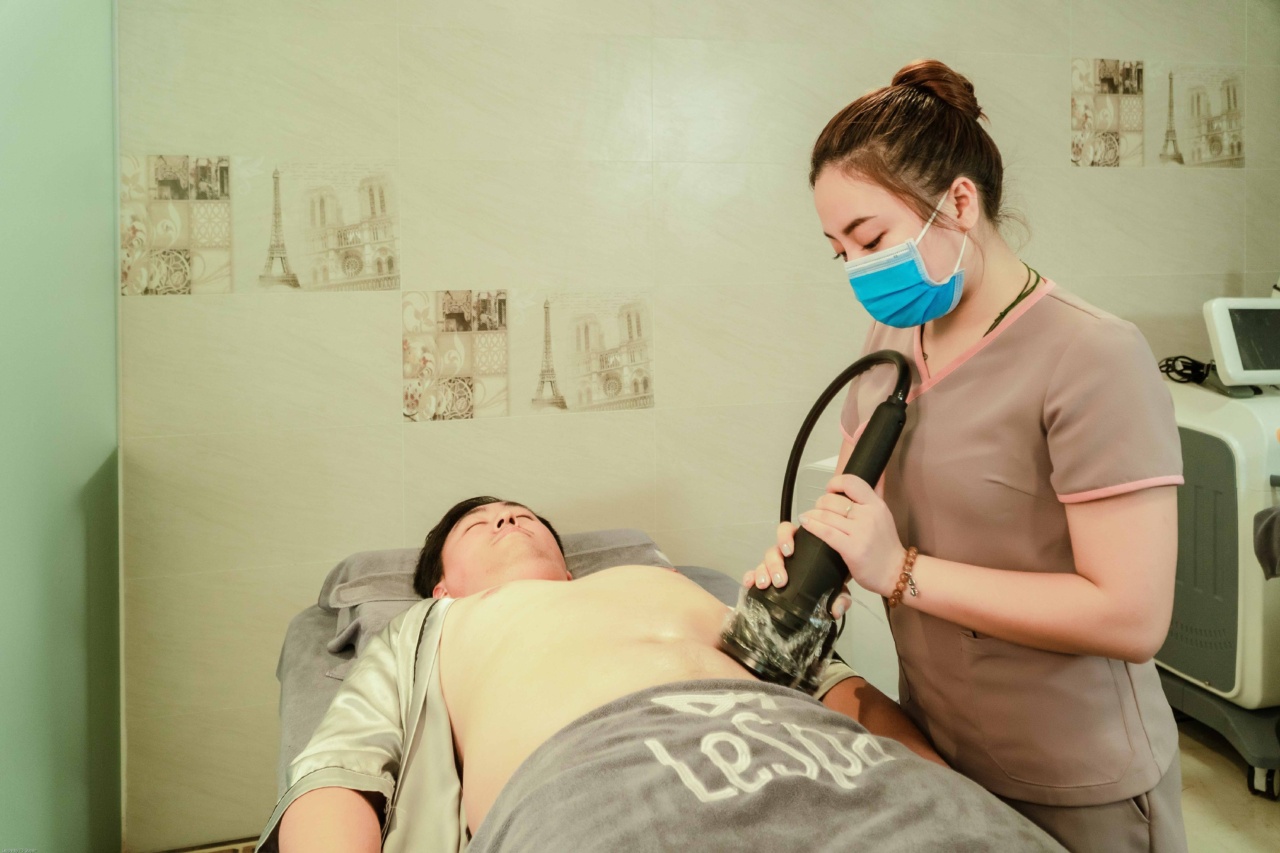Kyphosis is a medical condition characterized by an excessive curvature of the upper spine, leading to a rounded or hunched back.
This abnormal rounding of the back can cause a range of physical discomfort and may affect a person’s overall posture and mobility. With proper understanding and treatment, individuals with kyphosis can manage their condition and improve their quality of life.
Types of Kyphosis
There are different types of kyphosis, each with its own causes and characteristics:.
1. Postural Kyphosis
Postural kyphosis is the most common type and is often seen in adolescents. It usually results from poor posture and muscle imbalances, causing the spine to curve excessively.
Postural kyphosis typically does not cause significant pain or further complications.
2. Scheuermann’s Kyphosis
Scheuermann’s kyphosis usually becomes apparent during adolescence and affects both genders equally. It occurs when the front part of the vertebrae grow slower than the back, leading to wedge-shaped vertebrae.
This condition can cause pain and stiffness and may progress over time.
3. Congenital Kyphosis
Congenital kyphosis is present at birth and is caused by spinal abnormalities during fetal development. This type of kyphosis can vary in severity and may require early intervention and ongoing monitoring.
4. Age-related Kyphosis
Age-related kyphosis, also known as osteoporotic kyphosis, is commonly observed in older adults. It is primarily caused by the weakening of the bones due to osteoporosis, leading to compression fractures in the vertebrae.
This type of kyphosis can result in chronic pain and posture abnormalities.
Causes of Kyphosis
Kyphosis can result from various factors:.
1. Poor Posture
Poor posture, especially during adolescence when the spine is still developing, can contribute to the development of kyphosis.
Prolonged slouching or hunching over electronic devices can strain the muscles and ligaments supporting the spine, leading to curvature abnormalities.
2. Muscle Weakness and Imbalances
Weak back muscles, particularly the muscles supporting the upper back, can lead to kyphosis. Imbalances between the back and chest muscles can cause an uneven pull on the spine, resulting in excessive curvature.
3. Spinal Abnormalities
In some cases, kyphosis can be caused by spinal abnormalities present from birth or due to conditions like scoliosis (abnormal sideways curvature of the spine).
4. Osteoporosis
The gradual weakening of bones due to osteoporosis can contribute to age-related kyphosis. When the bones in the spine weaken and fracture, the spine may curve further, resulting in a hunched back.
Symptoms of Kyphosis
The symptoms of kyphosis can vary depending on the severity and type of curvature, but common signs include:.
1. Visible rounding or hunching of the upper back
A characteristic sign of kyphosis is the noticeable rounding of the upper back, giving it a hunched appearance. This curvature is often more visible when standing or sitting upright.
2. Back pain and stiffness
Individuals with kyphosis may experience discomfort, pain, or stiffness in the affected area of the spine. The pain can range from mild to severe and may worsen with prolonged periods of sitting or standing.
3. Reduced flexibility and mobility
The excessive curvature of the spine can limit a person’s range of motion and flexibility, making it challenging to perform certain activities or movements.
4. Breathing difficulties (in severe cases)
In severe cases, kyphosis can compress the chest cavity, leading to breathing difficulties. This may result in shortness of breath, reduced lung capacity, and increased fatigue during physical exertion.
Treatment of Kyphosis
The treatment for kyphosis depends on factors such as the underlying cause, age, and severity of the condition. Here are some common treatment options:.
1. Physical Therapy and Exercises
Physical therapy plays a crucial role in managing kyphosis. Specific exercises and stretches can help strengthen the muscles supporting the back, improve posture, and increase flexibility.
Physical therapists may also provide education on maintaining proper posture throughout daily activities.
2. Bracing
In some cases, particularly for growing adolescents with moderate to severe kyphosis, bracing may be recommended. Braces help correct the curvature and prevent further progression.
The type of brace and duration of usage will depend on the individual’s specific needs.
3. Pain Management
If kyphosis causes pain or discomfort, pain management techniques such as physical therapy, pain medications, and heat or cold therapy may be prescribed to alleviate symptoms.
4. Surgery
In severe cases of kyphosis where conservative treatments have been unsuccessful or when the condition significantly affects a person’s mobility or internal organs, surgery may be considered.
The surgical procedure aims to correct the curvature and stabilize the spine using rods, screws, or other fixation devices.
Preventing Kyphosis
While not all causes of kyphosis are preventable, some measures can reduce the risk or slow down the progression:.
1. Maintain Good Posture
Awareness of maintaining good posture during daily activities can help prevent the development of postural kyphosis.
Avoiding slouching and adopting ergonomic practices, such as using ergonomic chairs and adjusting computer screens to eye level, can relieve stress on the spine.
2. Regular Exercise
Engaging in regular exercise, particularly activities that strengthen the back and core muscles, can help improve posture and prevent muscle imbalances that contribute to kyphosis.
3. Balanced Diet and Calcium Intake
Adopting a balanced diet rich in calcium and vitamin D can promote bone health and help prevent osteoporosis, reducing the risk of age-related kyphosis.
4. Regular Check-ups
Regular check-ups with a healthcare provider can help identify any early signs of kyphosis or underlying spinal conditions. Early detection and intervention can prevent the progression of certain types of kyphosis.






























